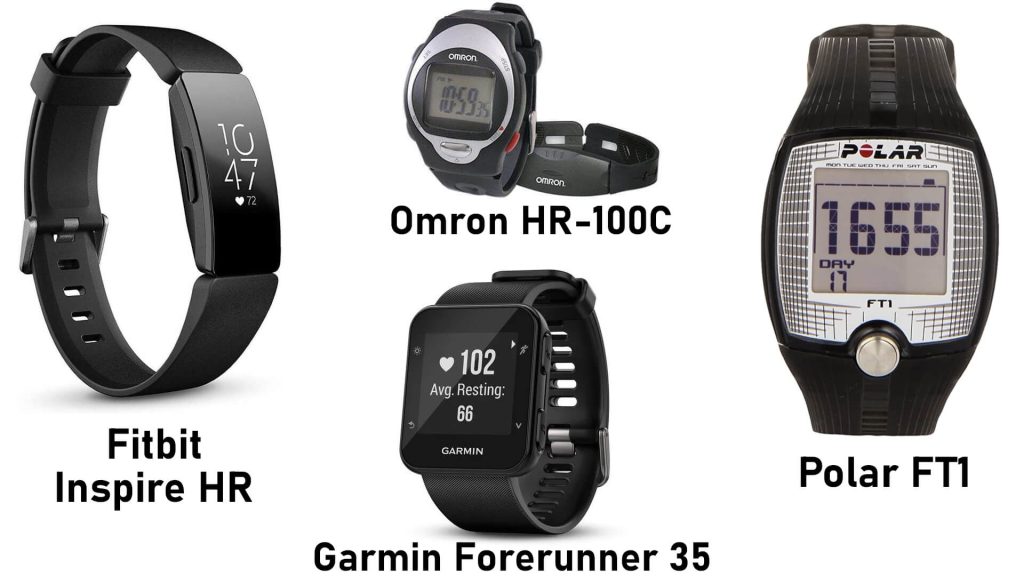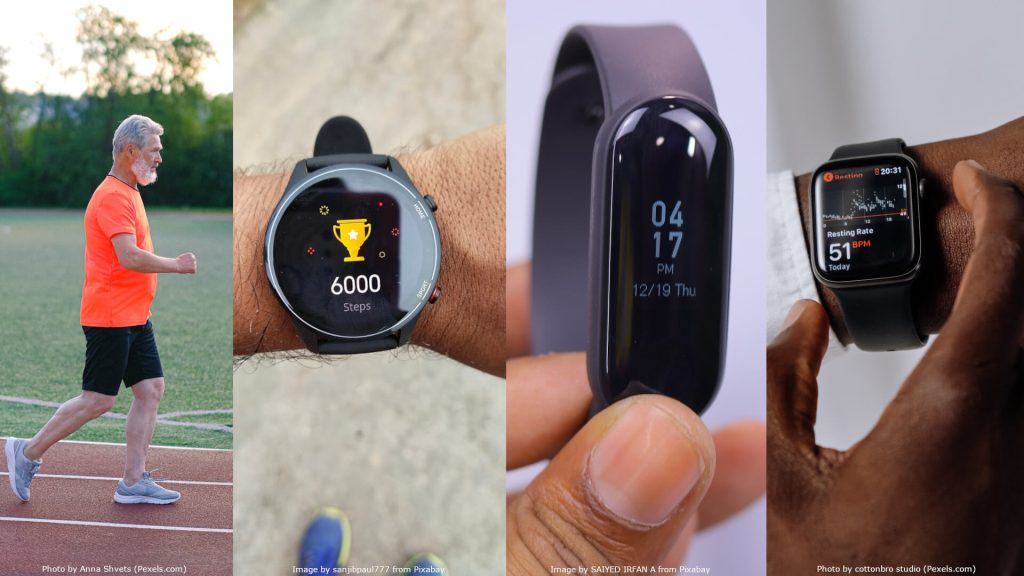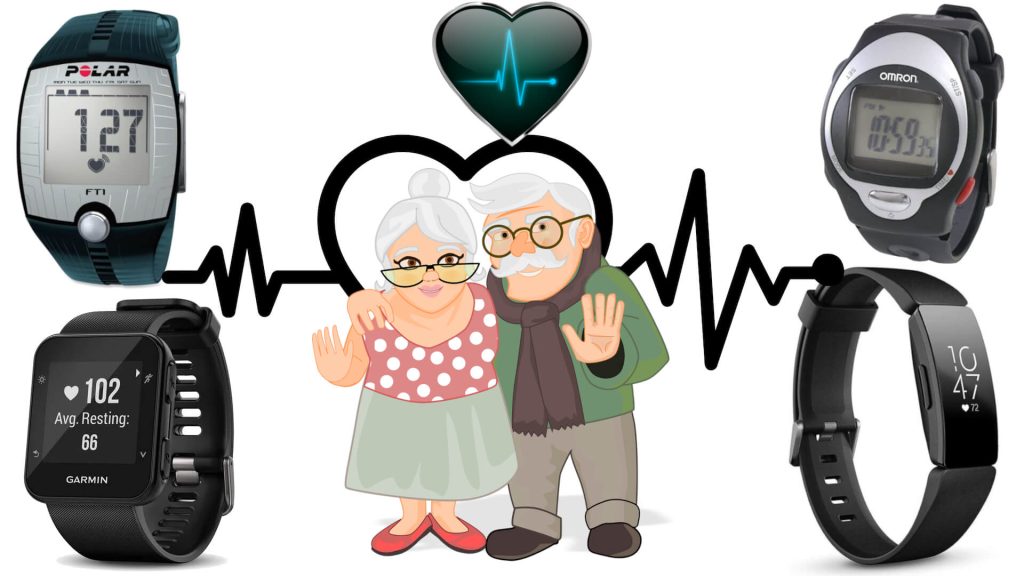Heart rate monitoring plays a crucial role in maintaining optimal health and well-being, especially for seniors. However, many seniors may not have smartphones, which are commonly used for heart rate tracking. In this article, we will explore various heart rate monitor options specifically designed for seniors who do not possess smartphones. By understanding these options, seniors can still monitor their heart rate effectively and take proactive steps towards better health.
Content:
Understanding Heart Rate Monitoring
Heart rate monitoring involves measuring the number of times the heart beats per minute. It provides valuable insights into cardiovascular health, exercise intensity, and overall fitness levels. For seniors, monitoring their heart rate can help identify irregularities or potential health concerns, leading to timely medical intervention.
There are several types of heart rate monitors available, including standalone devices and wearable trackers. Standalone heart rate monitors are independent devices that focus solely on heart rate tracking, while wearable trackers offer additional features like activity tracking and sleep monitoring.
Standalone Heart Rate Monitors for Seniors without Smartphone
Standalone heart rate monitors are dedicated devices designed specifically for heart rate tracking. These devices are simple to use and offer accurate readings without the need for a smartphone. When choosing a standalone heart rate monitor for seniors, it’s important to consider features such as ease of use, large display, and comfortable strap design.
Some top standalone heart rate monitor options for seniors without smartphones include:
Omron HR-100C Heart Rate Monitor
The Omron HR-100C Heart Rate Monitor is a user-friendly device with a clear display and intuitive controls. It provides real-time heart rate readings and allows users to set target heart rate zones for effective exercise monitoring.
Polar FT1 Heart Rate Monitor
The Polar FT1 Heart Rate Monitor is known for its accuracy and reliability. It offers adjustable strap sizes to ensure a comfortable fit for seniors. The device also features a long battery life, making it suitable for extended use.

Wearable Heart Rate Monitors for Seniors
Wearable heart rate monitors offer the convenience of continuous heart rate tracking throughout the day. These devices are worn on the wrist and provide real-time heart rate data along with additional features like step counting, calorie tracking, and sleep analysis.
When choosing a wearable heart rate monitor for seniors without smartphones, factors such as comfort, battery life, and ease of use become even more important. Some recommended options include:
Fitbit Inspire HR
The Fitbit Inspire HR is a sleek and lightweight wearable device that provides accurate heart rate readings. It features a user-friendly interface with a customizable display and offers long battery life, ensuring uninterrupted tracking.
Garmin Forerunner 35
The Garmin Forerunner 35 is designed with seniors in mind, offering a comfortable and adjustable band that fits securely on the wrist. It provides real-time heart rate data, tracks daily activities, and sends reminders for regular movement.
Non-Smartphone Heart Rate Monitoring Solutions
In addition to standalone and wearable devices, there are alternative methods available for seniors to monitor their heart rate without a smartphone. These solutions include:
- Finger Pulse Oximeter: A finger pulse oximeter is a small device that clips onto the finger to measure heart rate and blood oxygen levels. It provides quick and accurate readings, making it a convenient option for seniors.
- Chest Strap Heart Rate Monitors: Chest strap heart rate monitors consist of a strap that is worn around the chest and a receiver unit that displays heart rate data. These monitors offer accurate readings and are often used by serious athletes for precise heart rate tracking.
Also Read: Best Fitness Tracker for Seniors without a Smartphones.
Tips for Using a Heart Rate Monitor
To make the most out of a heart rate monitor, seniors should keep the following tips in mind:
- Proper usage and positioning: Follow the manufacturer’s instructions to ensure the heart rate monitor is worn correctly for accurate readings.
- Understanding heart rate zones: Learn about different heart rate zones and target ranges to gauge exercise intensity and track progress.
- Monitoring and interpreting heart rate data: Regularly review and analyze heart rate data to identify patterns and trends, and consult with healthcare professionals if any concerns arise.

Integrating Heart Rate Monitoring into Daily Life
Seniors can integrate heart rate monitoring into their daily lives in various ways:
- Incorporating heart rate monitoring during exercise: Use the heart rate monitor to guide exercise intensity and stay within target heart rate zones for optimal cardiovascular health.
- Tracking heart rate trends and progress: Regularly review heart rate data to track progress over time and make adjustments to exercise routines or lifestyle habits if necessary.
- Sharing heart rate data with healthcare professionals: Share heart rate data with healthcare professionals during check-ups or consultations to provide valuable insights into overall health and well-being.
Considerations for Seniors
When choosing a heart rate monitor, seniors should consider the following factors:
- Ease of use and user-friendly interfaces: Opt for devices with simple controls and intuitive interfaces to make monitoring hassle-free.
- Comfort and durability: Look for heart rate monitors with comfortable straps or bands that can be worn for extended periods without causing discomfort. Durability is also important to ensure longevity.
- Accessibility features: Some heart rate monitors offer accessibility features such as larger font sizes or audible feedback for seniors with specific needs.
Conclusion
Heart rate monitoring is a valuable tool for seniors to track their cardiovascular health and overall well-being. Even without a smartphone, there are dedicated standalone heart rate monitors and wearable devices available that cater to their needs. By choosing the right heart rate monitor and incorporating it into their daily lives, seniors can proactively take charge of their health and enjoy the benefits of regular heart rate monitoring. Remember to consult with healthcare professionals for personalized guidance and recommendations.
Also Read: Importance of a Fitness Tracker That Does Not Require a Smartphone or Computer.








1 Comment
Pingback: Best Fitness Tracker for Seniors without a Smartphone | Tip Being 2023